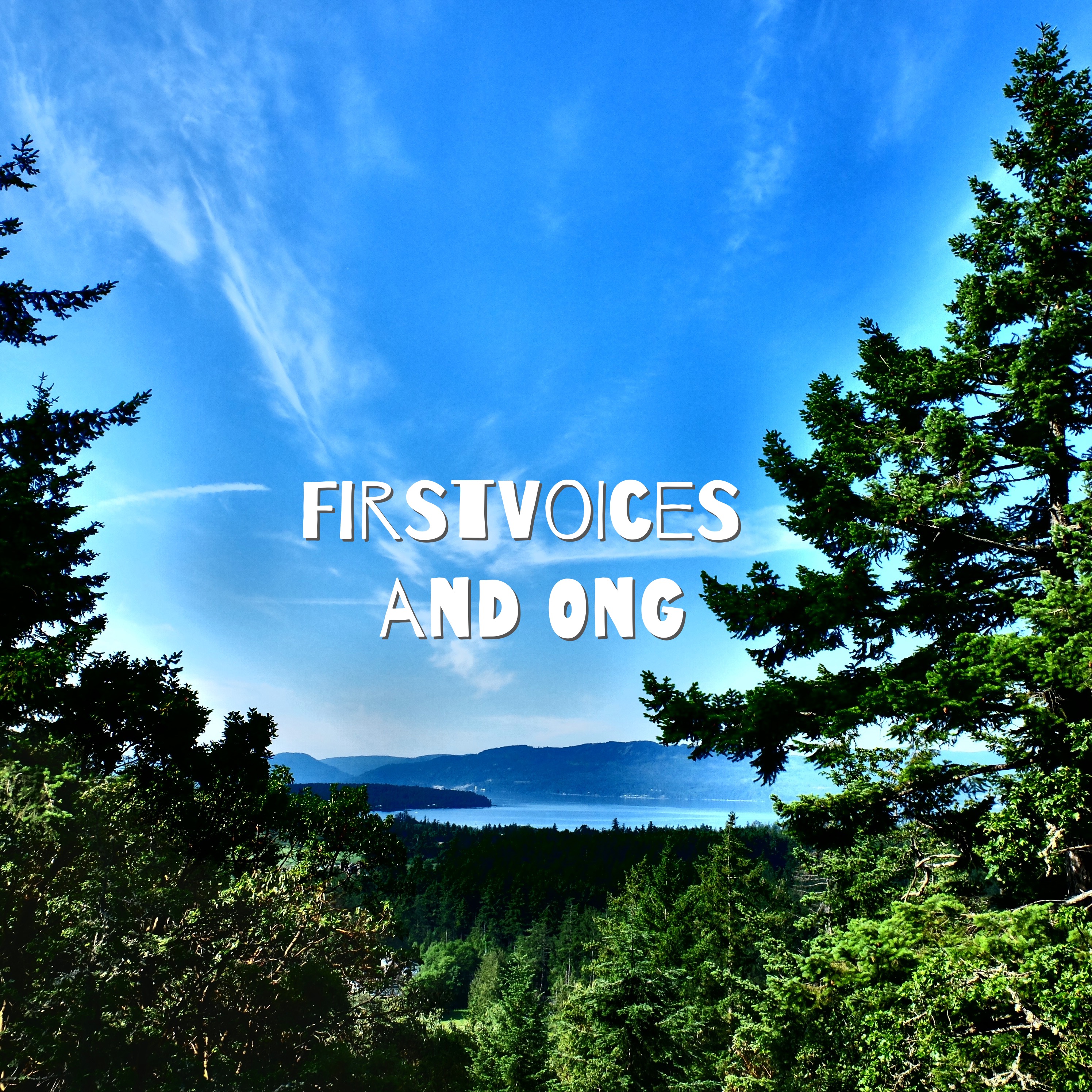SENĆOŦEN and Ong
Post #2
After reading both Ong’s Orality and Literacy and many scholarly reviews it is apparent that the work has made an impact in the field. His article explores oral cultures and wonders if they are impacted by literacy. It was my understanding that by the end of the readings Ong has argued that a literate and a non-literate mind are clearly two separate things. Unfortunately I do not feel his research is friendly to those outside the academic field. I found that I was overcome by the wide variety and amount of information. I’ve never felt like that in a UBC course before. The amount of information is thorough and dense.
It made think when I was at Victoria’s downtown on National Aboriginal Day.
Volunteers were handing out gift bags to passerby’s. On of the groups was supplying bags from the FirstVoices organization. They had a variety of things inside it including a scarf with pictures and a link to some new iPhone applications. Interestingly, these apps showed how the wealth of language data uploaded by Indigenous community champions to FirstVoices.com is being repurposed in multiple dictionary and tutor apps (FirstVoices, 2013).
This made me think back to Ong. After reading this for the past couple of weeks I felt that Ong was trying to create an interesting point when he commented on how thought requires some sort of continuity (Ong, p. 39). As this is a newer project for FirstVoices I wondered how these comments affect the culture of the Saanich First Nations. It was an interesting dialogue that focused on how with writing the mind is forced into a slowed down pattern that affords it the opportunity to interfere and reorganize the processes (Ong, p. 40).
When Ong commented on how print cultures have invented dictionaries in which the various meanings of word can be recorded into a formal definition it made me think of the complexities facing our local First Nation tribes. For example, the first nations group SENĆOŦEN have created an app made up of words and phrases. SENĆOŦEN is the language of the Saanich First Nations people and is a Coast Salish language.
The application created showcases definitions with audio recordings, images and videos. As Ong mentioned, written words have many layers and these are supported through editing features which allow users to customize content by replacing default multimedia with personal pictures, videos and sounds using either the camera and microphone built into their device or images from their personal photo collection.
Another comment that resounded were that oral communication unites people in groups, whereas writing and reading are typically solitary activities that throw the psyche back on itself (Ong, 67). It seems to me that Ong may have made some generalizations that would not ring true under every circumstance. In this instance I wondered if this application would in fact unite people in a group rather than turn into solitary activities.
Ong’s (westernized/male/religious) view (from a different era) brought up many points and much discussion. I suppose this may be one reason why his work is listed in our readings and holds such clout in the field. Whether his points are still considered relevant is another question.
:::Matt
FirstVoices: FirstVoices. (2013). Retrieved from http://www.firstvoices.com/en/apps
Ong, Walter. (1982). Orality and literacy: The technologizing of the word. New York: Routledge.

